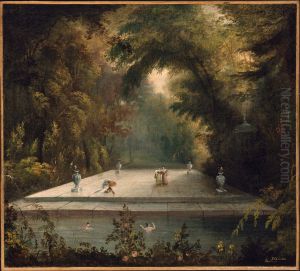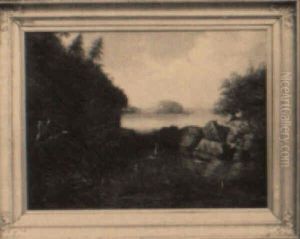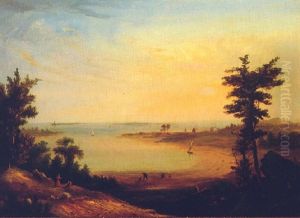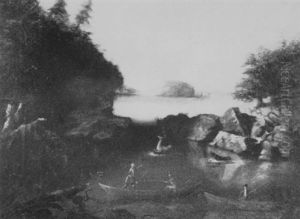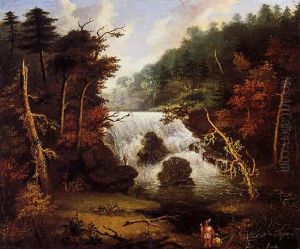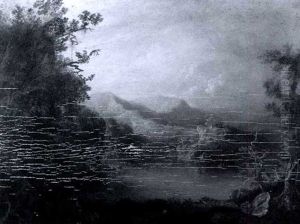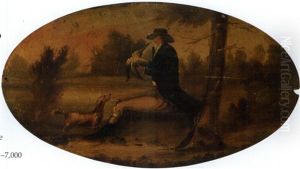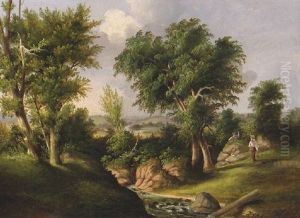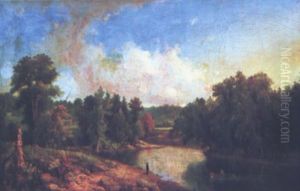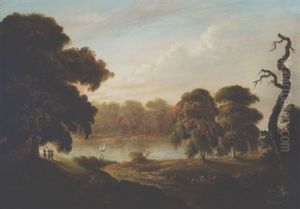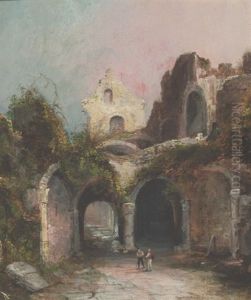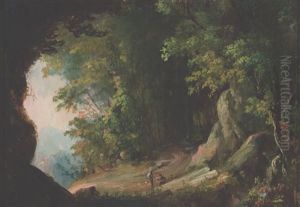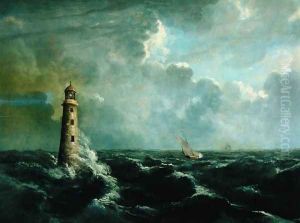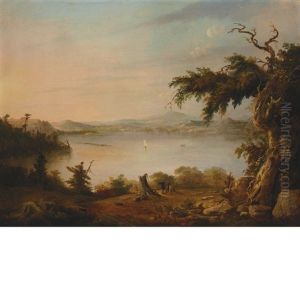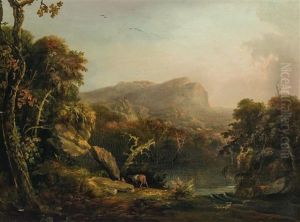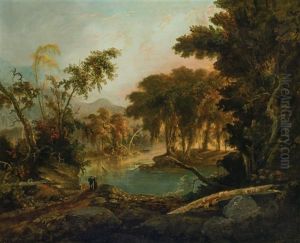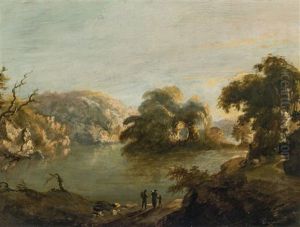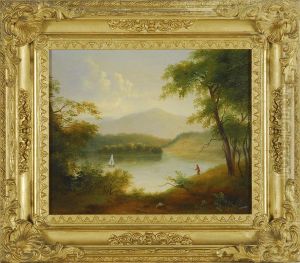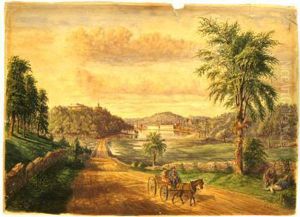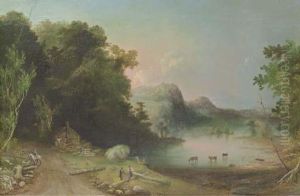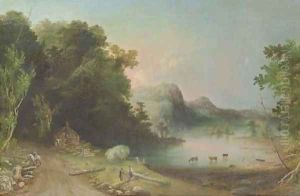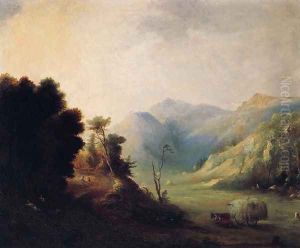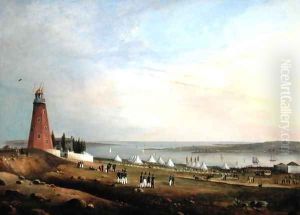Charles Codman Paintings
Charles Codman was an American landscape painter, born in 1800 in Portland, Maine, which was then part of Massachusetts. His early life and training are not well-documented, but it is known that he did not receive formal training in Europe like many of his contemporaries. Despite this, Codman managed to develop a significant career as an artist based on self-instruction and possibly some local mentorship.
Codman's work primarily consisted of landscapes, many of which depicted the rugged beauty of Maine's countryside and coastlines. His style was rooted in the Romantic tradition, emphasizing the grandeur and drama of nature. He was particularly known for his skillful use of light and atmospheric effects, which he used to imbue his paintings with a sense of mood and emotion.
During his lifetime, Charles Codman's paintings were sought after by patrons and collectors. He exhibited his work in Portland and Boston, and his reputation grew steadily. Despite his success as an artist, Codman lived a life marred by personal struggles, including a battle with alcoholism, which affected his career and social standing.
Codman's life was relatively short; he died in 1842 at the age of 42 in Portland. His passing marked the loss of a significant figure in the early 19th-century American art scene, particularly in the context of Maine's cultural history. Today, Charles Codman's paintings are considered important examples of early American landscape painting, and his works are held in various collections, including the Portland Museum of Art and the Colby College Museum of Art. They serve as valuable visual records of the American Northeast and reflect the burgeoning American appreciation for native scenery during the period.

